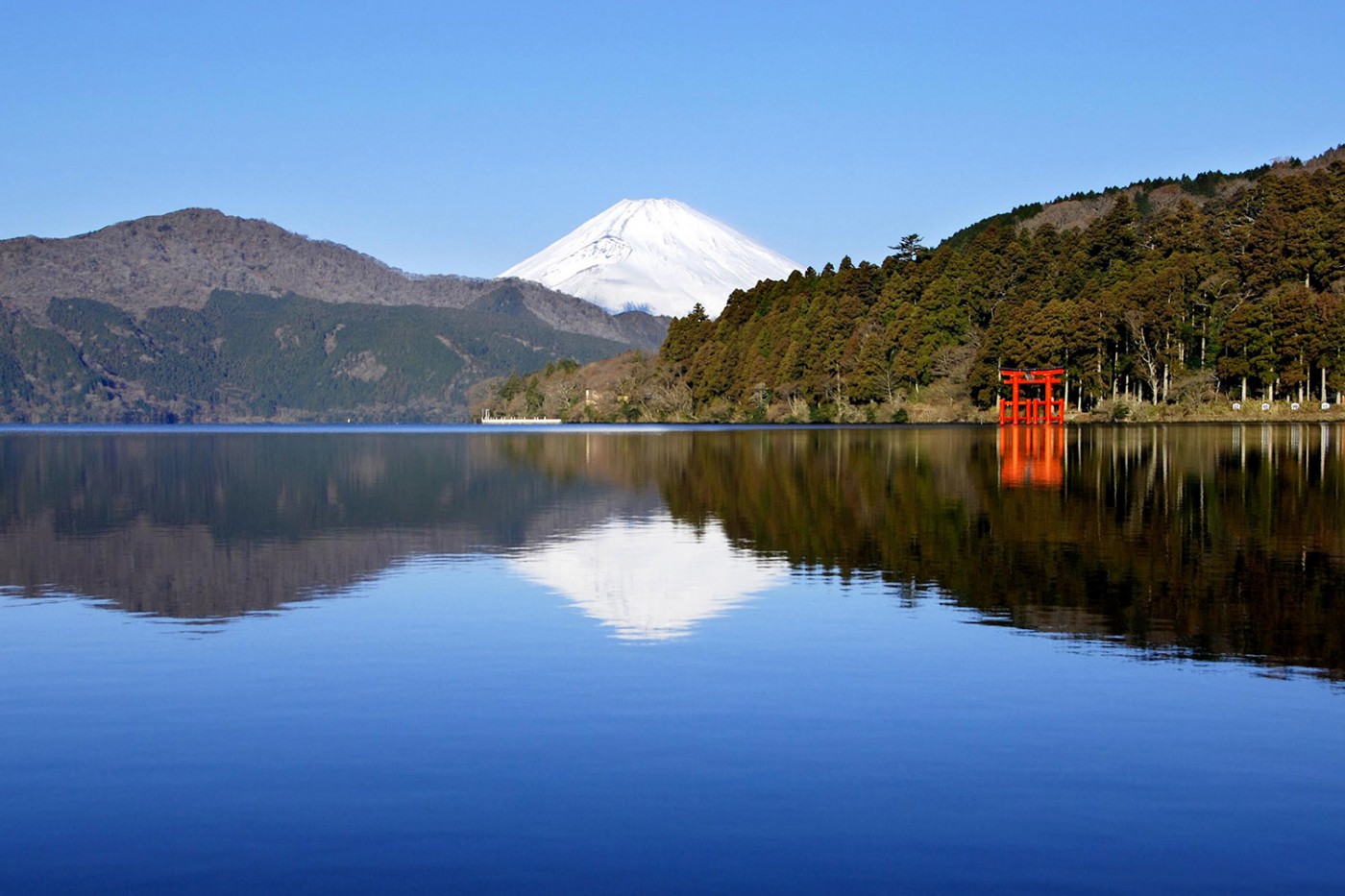Unforgettable Hakone
Japan is undoubtedly a popular Asian tourist destination. However, apart from the city of Tokyo and winter ski resorts in Hokkaido, there is another gem filled with scenic history and attractions that you might want to explore.
Hakone is a town in Ashigarashimo District in Kanagawa Prefecture located in the mountainous region west of Tokyo. Previously under the control of the late Hojo clan of Odawara during the Sengoku period, Hakone eventually attained town status in 1889 post-Meiji Restoration and reached its present boundaries after merging with five neighbouring towns and villages in September 1956. The economy is mainly tourist-driven, with travellers flocking to the onsen (hot spring) resorts for a rejuvenating retreat.
The airports closest to Hakone are in Tokyo, after which it takes roughly about 2 ½ to 3 hours by train from Narita Airport or about 1 ½ to 2 hours from Haneda Airport. Probably the quickest but also most costly method to reach Hakone from Tokyo is by taking a Tokaido Shinkansen Kodama high-speed rail to Odawara station then transferring to the Hakone-Tonzan Line mountain railway to Gora via Hakone-Yumoto. Alternatively, there is also the Hakone Tozan bus that commutes to and from Hakone-Yumoto or Odawara.
Arriving in Gora, one is greeted with a rustic environment reminiscent of olden times. From the open-air station to the little shed shops and cafes along the adjacent uphill slope, the heart of Hakone exudes a kind of rural quaintness. It is within this district where most of the highly frequented hotels are centred. Manoeuvring around this small town isn’t too difficult once you get your bearings right and is mostly down to four options. Aside from the usual walking, which in this terrain can be quite the hike, there’re also taxis and the Hakone Tozan bus line. There is also the Hakone Tozan Cable Car which brings you up all the way to Sounzan Station with four other stops along the route. These stops allow visitors to wander by foot to other attractions in the area like Gora Park and the Hakone Museum of Art.
The museum displays Japanese ceramics predating and through the Edo Period of 1600-1868 and features both a moss garden as well as the Sekirakuen Garden—a Japanese landscape garden open only on weekends, national holidays and daily every November. On its grounds is also a teahouse where guests may pay a small fee to be served green tea. Other noteworthy museums are the POLA Museum of Art and the Hakone Open Air-Museum. This recurring theme of landscaping is also present in Gora Park, which has a rose garden and large fountain that is overlooked by a restaurant. Similar to the Museum of Art, the park houses the Hakuun-do Chaen teahouse and they even have The Crafthouse, where one can pay between 1000 and 5000 yen to participate in activities such as glass etching, pottery, glass blowing and dried flower arrangement.
Owakudani (Great Boiling Valley) is a volcanic valley containing active sulphur vents famous for its volcanic activity and astounding views. The Kuro-tamago (black egg) is a popular local speciality to try and people believe that consuming these eggs increases longevity. There is also an affordable buffet restaurant around the corner with views of Mt Fuji in unclouded weather.
To get an even clearer glimpse of Mt Fuji, alight at Togendai Station. On a clear day, the panoramic journey along the stretch captures the full magnificence of Fuji-san as the capsule makes its descent over the mesmerising Lake Ashinoko into the Ropeway’s final destination. From there, take the Hakone Sightseeing Cruise on one of their pirate-themed ships from Togendai port and alight at Hakone-Machi port to visit Hakone Jinja Shrine. The shrine was founded in 757 during the reign of Emperor Kosho and originally situated at the summit of Mount Komagatake and later relocated to the shores of Lake Asi in 1667. It was burned down during the Battle of Odawara and reconstructed again by Tokugawa Ieyasu. The shrine attracts many visitors and also worshippers. Inside the compound, there is a main altar as well as several smaller ones to pray respects. Thereafter, a short walk down a gently sloped flight of stone steps leads you to a pier overlooking the splendid lake.
Hakone is a destination that you can visit any time of the year. Spring is always a good time to go if you want to catch the cherry blossoms, while autumn has beautiful foliage and a cooler temperature. If you need a place to recharge and relax, Hakone is the tranquil getaway for you.
Image credits: hakoneho-kowakien




